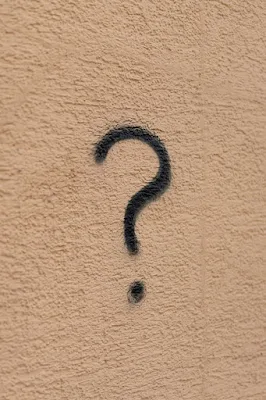IMPORTANT SHORT QUESTIONS AND ANSWERS FROM SCALE
1. An instrument used to measure the length or distance between two objects or points, termed as..................
Ans: Scale.
2. The scale of chords is used to measure ………………………..
Ans: Angles.
3. The ratio of drawing length to the actual length of an object is called ……………………….
Ans: Representative Fraction.
4. When measurements are required in two units or a unit and its subdivision, the ………………… is used.
Ans: Plain scale.
5. When measurements are required in three units, the …………………. Scale is used.
Ans: Diagonal.
6. When a drawing is drawn of the same size as that of the object, the scale used is ………………….
Ans: Full-size scale
7. When drawings are drawn smaller than the actual size of the object, the scale is said to be …………..
Ans: Reducing scale
8. R.F. is the ratio of .................................. to the ..................................
Ans: Drawing Length of an object, Actual Length of that object.
9. Least count of a plain scale is...............
Ans: 0.5 mm.
10. Least count of a vernier scale...............
Ans: 0.02 mm.
11. Least count of a diagonal scale................
Ans: 0.01 mm.
12. Generally, there are three types of scale. Those are......................., ........................ and .........................
Ans: Plain Scale, Diagonal Scale, Vernier Scale.
13. Standard length of scale considered as......................
Ans: 15 cm.
14. Standard width of a diagonal scale considered as......................
Ans: 40 mm.
15. Standard width of a plain scale considered as......................
Ans: 25 mm.
16. ..................... scale is used to measure the shortest length.
Ans: Diagonal.
17. Between diagonal and vernier, .....................scale can measure a distance more accurately.
Ans: diagonal.
18. When the drawing is drawn as the actual size as that of the object, the scale
known as......................
Ans: full-size scale.
19. For drawings of small instruments, ................... scale is always used.
Ans: enlarge.
20. Building drawing or large object drawing is drawn with a .......................scale.
Ans: reducing scale.
21. For a full-size scale, the R.F. would be....................
Ans: equal to 1.
22. For a reducing scale, the R.F. would be.....................
Ans: less than 1 or unity.
23. For an enlarged scale, the R.F. would be...................
Ans: greater than 1 or unity.
24. If the R.F. of a scale is 1:20 and the maximum length should measure up to 3 meters, then the length of the scale should be...................
Ans: 15 cm.
25. If the R.F. of a scale is 1:40 and the length of the scale is 15 cm., then the maximum length that can be measured by the scale is...................
Ans: 6 metres or 600 cm.
26. Length of scale can be obtained from R.F. .................... by.......................
Ans: Multiplied, Maximum length required to be measured.
27. Maximum length required to be measured can be found from ................... divided by.....................
Ans: Scale length, R.F.
28. R.F. is the abbreviation form of.................................
Ans: Representative Fraction.
29. An object is drawn 50 times larger than its original length, its R.F. would be......................
Ans: 50:1
30. Largest unit of length or distance is....................
Ans: Parsec (It's an Astronomical Unit).
